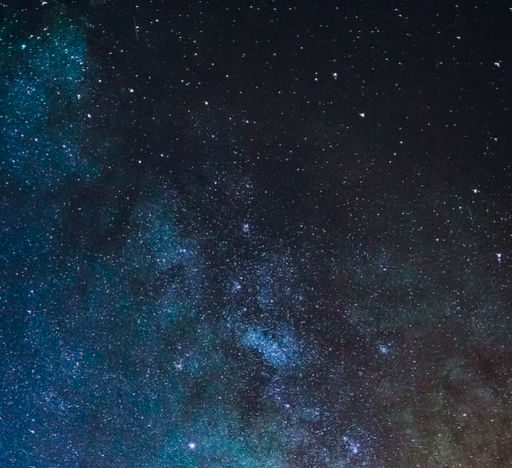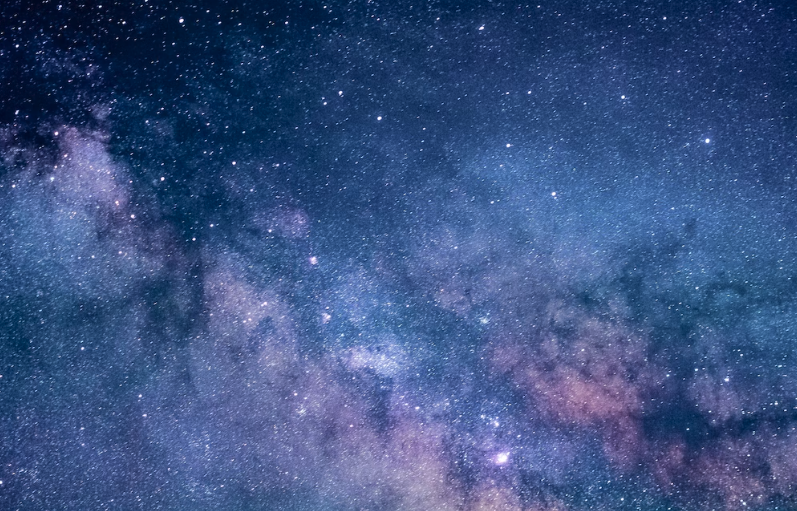The Farthest: Voyager in Space

The Voyager space missions are humanity’s most remarkable achievement. The Voyager missions will still be active long after we’re all gone.
The Farthest: Voyager in Space is about the fundamental questions of science. What is the universe made of? Where did life begin? Are we alone in the universe?
This is one of the best space documentaries ever made, and it’s streaming on Netflix.
Voyager Objectives
The primary mission goal is to collect data from Saturn and Jupiter. Primary mission success means the spacecraft continues to Uranus, Neptune, and interplanetary space.
Golden Records
The Golden record’s goal is to capture the diversity of life and culture on Earth. Instructions on how to play the record are on the record jacket. The concept is that this record is planet earth saying, “Hello!” Each record contains images, music, sounds, and greetings from various cultures across Earth.
Engineers share their frustration with the Golden Records. The records may be humankind’s introduction to another species. What’s included on the record? How do you select 100 images to represent humanity? What music represents all cultures? Should we include a roadmap to Earth?

Planetary gravitational slingshot
Once every 176 years, the outer planets in our solar system “line up in a row” for a short period. NASA scientists race to take advantage of this opportunity.
Harnessing planetary gravitational forces allows the spacecraft to adjust its trajectory without fuel. The gravitational forces of Jupiter slingshot the Voyager spacecraft towards Saturn. Then from Saturn to Uranus, and Uranus to Neptune.
If the Voyager can catch the alignment window, it will travel from Saturn to Neptune in twelve years. Missing the alignment window equates to a thirty-year trip.
Unexpected discoveries
What’s NASA life like when Voyager approaches a planet? Data begins to pour in from the spacecraft. Images to analyze, data to interpret, and press conferences galore.
The film rewards the viewer with ah-ha! moments during planetary flybys. Raw, unprocessed images allow us to see the planets bouncing around the camera’s field of view. Distorted, distended, defocused images transition into crisp, high-resolution images. The images are breathtaking.
We’re in the room when discoveries occur. The planetary images are enough to rewrite science textbooks.

Are we alone in the universe?
When the Voyagers have depleted their power supplies, the Golden Records become the primary mission. The Farthest: Voyager in Space discusses the possibility of extraterrestrial life. We appreciate the intelligent conversation.
Early in the film, there’s a discussion between NASA and the U.S. President about mission funding. NASA shares why the Voyager mission is essential. The stated goal is Jupiter and Saturn data collection.
NASA doesn’t mention its own secondary, somewhat secret, goal. A hope that the Voyagers would travel for a much greater distance than “only” Saturn and Jupiter.
Wrap up
The Farthest: Voyager in Space begins to address the fundamental questions of science. We suspect the real answers from the Voyager missions may be tens of thousands of years away.
This is one of the top ten space documentaries that we recommend. Click here to check out the rest!
